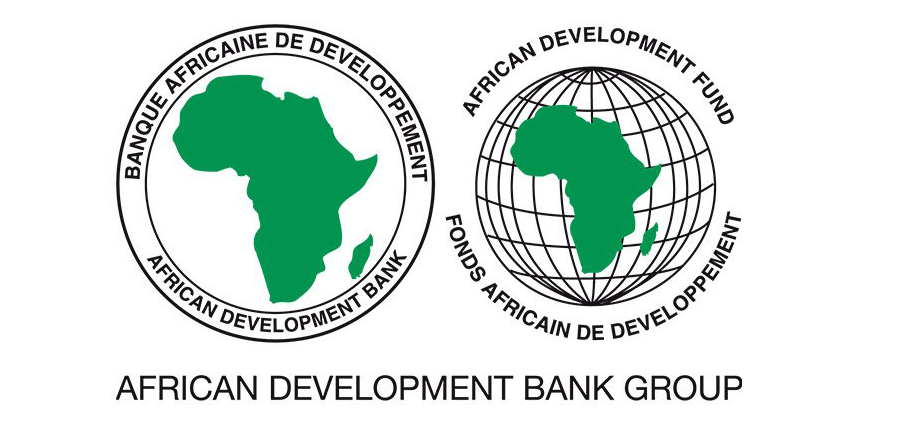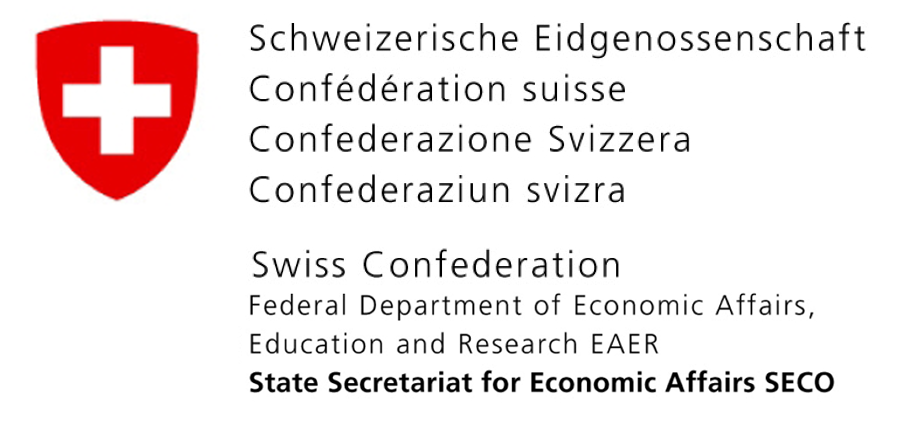Roads Economic Decision Model (RED) - Additional Reference Materials
Basic Steps | Documentation | Additional Reference Materials | Useful Links
Infrastructure Note
Typical Unpaved Roads Roughness Predicted by the HDM-III Model
Rodrigo S. Archondo-Callao
Abstract: The Highway Design and Maintenance Standards Model, HDM-III, based on the Brazil-UNDP field study conducted between 1976 and 1981, predicts the average annual road roughness of engineered unpaved roads as a function of five variables - traffic volume, material properties, road geometry, environment and grading frequency. This note presents examples of HDM-III predictions for a lateritic gravel road and for an earth road, and may be used more generally as a guide for the estimation of roughness of unpaved roads when more precise measurements are not available.
Infrastructure Note
Unpaved Roads' Roughness Estimation by Subjective Evaluation
Rodrigo S. Archondo-Callao
Abstract: Road agencies need to estimate road roughness when determining the economic evaluation of proposed maintenance and upgrading options, and in pavement management systems for planning and programming purposes. Instrumented measurement of roughness is desirable, but when instrumented measurement is not feasible, for example in the case of unpaved roads, recourse must be made to subjective estimation. This note presents two approaches to subjective estimation, both based on the World Bank's work in the development of the Highway Design and Maintenance Standards Model, HDM-III, and the Highway Development and Management Model, HDM-4.
Infrastructure Note
Paving of Unpaved Roads Economically-Justified Paving Costs
Rodrigo S. Archondo-Callao
Abstract: Under certain circumstances, paving of unpaved roads may be economically justified. To help road agencies identify unpaved roads that may be potential candidates for paving, this Note presents typical scenarios in which paving may be examined as a valid investment option. This procedure should be considered no more than a first screening process, and candidate roads that pass this first screening should thereafter be subject to further investigation that would include a more rigorous economic evaluation and evaluation of other aspects of the proposed paving, notably the environmental and social aspects. Candidate roads that did not pass this first screening would not be subject to further examination, at least not for the time being, and candidate roads with marginal economic feasibility should be subject to a more rigorous economic evaluation with refined data.
Infrastructure Note
Designing a Rural Basic Access Road Project: The Case of Andhra Pradesh, India
Dieter Schelling & Zhi Liu
Abstract: Conventional road project design and appraisal methodology has some serious limitations when it is applied to rural basic access road projects, particularly those aiming to achieve both social equity and economic efficiency objectives. These limitations can be overcome by the use of participatory approaches and other practical tools.
Infrastructure Note
Economic Analysis of a Rural Basic Access Road Project: The Case of Andhra Pradesh, India
Zhi Liu
Abstract: Rural basic access road projects are expected to yield substantial social benefits, which cannot be properly evaluated using conventional cost-benefit analysis methodology. This note describes the application of costeffectiveness analysis to supplement cost-benefit analysis in the evaluation and selection of road works for financing under a Bank rural road project in the State of Andhra Pradesh, India.
Infrastructure Note
The Value of Time In Economic Evaluation of Transport Projects Lessons from Recent Research
Kenneth M. Gwilliam
Abstract: There are currently no general guidelines on the valuation of time, which is consequently often omitted in the economic evaluation of Bank transport projects. On the basis of a review of recent research this note suggests an appropriate approach where standard values are not available from government sources.
Technical Paper
Design and Appraisal of Rural Transport Infrastructure: Ensuring Basic Access for Rural Communities
Jerry Lebo & Dieter Schelling
Abstract: Isolation contributes to rural poverty. Without a minimum of reliable and efficient access to locations of basic social and economic activities, rural life stagnates and local development prospects remain limited. Providing and maintaining a minimum level of access, referred to in this paper as basic access, is therefore a necessary element of any rural development strategy. Overcoming isolation necessitates holistic strategies. Approaches include improved logistics to support trade and communication, the promotion of transport services and intermediate means of transport, improved quality and location of services, and the sustainable provision of cost effective transport infrastructure. Among these, the cost-effective design and appraisal of rural transport infrastructure (RTI) is the topic of this paper.
Model Documentation
The Highway Design and Maintenance Model - Description of the HDM-III Model
Thawat Watanatada, Clell G. Harral, William D. O. Paterson, Ashok M. Dhareshwar, Anil Bhandari & Koji Tsunokawa
Abstract: This volume is one in a series that documents the results of the HDM-III study. The Highway Design and Maintenance Standards Study (HDM-III) has focused both on the rigorous empirical quantification of the tradeoffs between the costs of road construction, road maintenance, and vehicle operation awnd on the development of planning models incorporating total life-cycle cost simulation as a basis for highways decision making.
Excel Model
Deterioration of Unpaved Roads Model Using HDM Relationships
Rodrigo S. Archondo-Callao
Abstract: The Deterioration of Unpaved Roads Model (DETOUR) implements in Excel the road deterioration relationships for unpaved roads of the Highway Design and Maintenance Standards Model (HDM-III).







